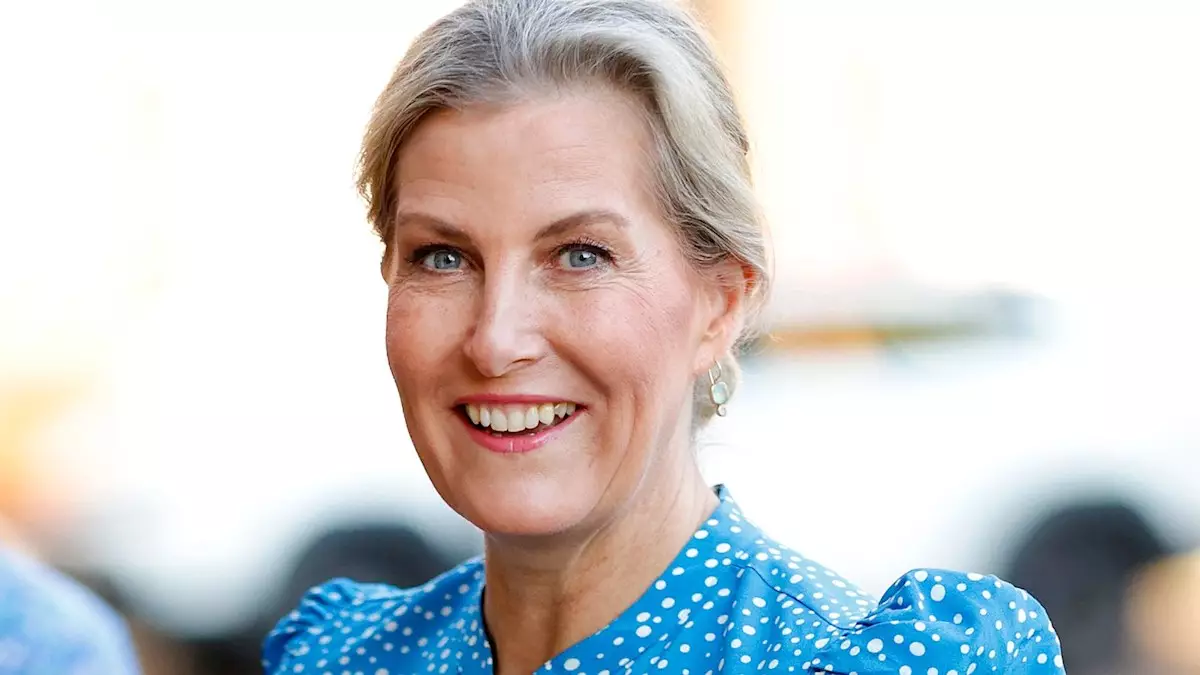The commencement of Wimbledon 2025 brings back the long-standing tradition of royal attendance, a spectacle that continues to captivate both tennis enthusiasts and royal watchers alike. The Princess of Wales, as the patron of the All England Lawn Tennis and Croquet Club, is slated to grace Centre Court, symbolizing the bridge between heritage and contemporary relevance. This isn’t merely a ceremonial presence; it underscores the monarchy’s ongoing commitment to national sporting events, reflecting a modern royal family that is accessible yet steeped in tradition.
Unlike past decades when royal appearances were sporadic and purely symbolic, the Princess of Wales’s involvement paints a progressive image—royalty that is engaged and supportive of contemporary British culture. This active participation fosters public affinity and rejuvenates the monarchy’s image in a society that increasingly values relatability and tangible contributions.
The Emerging Social Impact of Royal Initiatives
Beyond ceremonial duties and public appearances, members of the royal family are deepening their impact through meaningful social initiatives. Prince William’s Homewards program stands out as a hallmark of this evolution. Now in its second year, this ambitious project tackles the entrenched issue of homelessness across the UK, with over 100 active projects and hundreds of homes provided to those in need. This pragmatic approach transcends mere advocacy; it actively reshapes vulnerable lives through sustained community engagement and infrastructure development.
Notably, the programme’s latest expansion to cities like Aberdeen and Sheffield, coupled with innovative school-based early intervention efforts, reflects a multifaceted strategy addressing both immediate and preventative needs. This represents a significant departure from perfunctory royal patronage toward leadership that embraces real-world challenges with measurable outcomes. The dedication shown by the Prince demonstrates how contemporary royalty can harness their visibility and influence to effect positive societal change, challenging outdated perceptions of royal frivolity.
Celebrating Cultural Heritage and Community Regeneration
The Duchess of Edinburgh’s engagement at the Creative Youth and Community Brain Fashion Show during the Hampton Court Garden Festival highlights another vital dimension of royal involvement—community regeneration through the arts. This initiative cleverly integrates local history, social enterprise, and creative expression, breathing new life into neighborhoods often overlooked. The royal endorsement not only elevates these projects but also draws national attention to the transformative power of culture in social cohesion.
Such initiatives affirm that the modern monarchy does not only champion grand national causes but is equally invested in grassroots movements, emphasizing the importance of local identity and pride. The inclusion of the Duchess at events like these reflects an understanding that sustainable change often begins with fostering community spirit and cultural dialogue.
International Royal Flourishes and Milestones
While British royals continue to enhance their domestic influence, European counterparts are equally maintaining their traditions and public presence. The Dutch royal family’s annual summer photoshoot—featuring King Willem-Alexander, Queen Maxima, and their three daughters—remains a highly anticipated fixture, blending regal poise with a relatable family dynamic. This consistent public visibility reinforces their image as accessible yet dignified monarchs, successfully navigating modern expectations.
Moreover, the celebration of enduring milestones such as Prince and Princess Michael of Kent’s 47th wedding anniversary provides a subtle but potent reminder of stability and continuity within royal circles. Such personal landmarks resonate broadly because they embody values of commitment and resilience amid changing times.
A Royal Portfolio Moving Beyond Pageantry
The varied engagements across different royal family members—be it supporting the arts, spearheading social projects, or maintaining cultural traditions—signal a clear shift in the institution’s approach to relevance and duty. The royal family of 2025 is not content to rest on historical laurels or symbolic gestures. Instead, they actively curate roles that blend ceremonial duties with socially conscious and culturally enriching activities.
Queen Letizia of Spain’s recent appearance at a United Nations event highlights a similar trend, where royals use their stature to advocate for global issues, from development financing to climate action. These multifaceted roles demand adaptability and a willingness to engage deeply, qualities essential for monarchy’s survival in the 21st century.
This evolution encourages a more critical and nuanced view of royalty, demanding they prove their worth beyond appearance and tradition. The subtle but distinct shift toward action-oriented visibility fosters public trust and keeps the institution connected to the contemporary societal pulse. The royal family, thus, is reinventing itself—not as distant figures confined to pomp and circumstance, but as actively involved catalysts for change within their communities and beyond.

